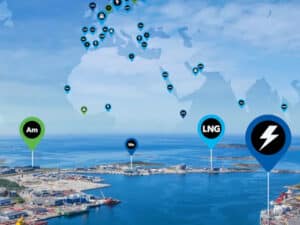
Wärtsilä gets 54 engine order for Yamal LNG ships
Written by Nick Blenkey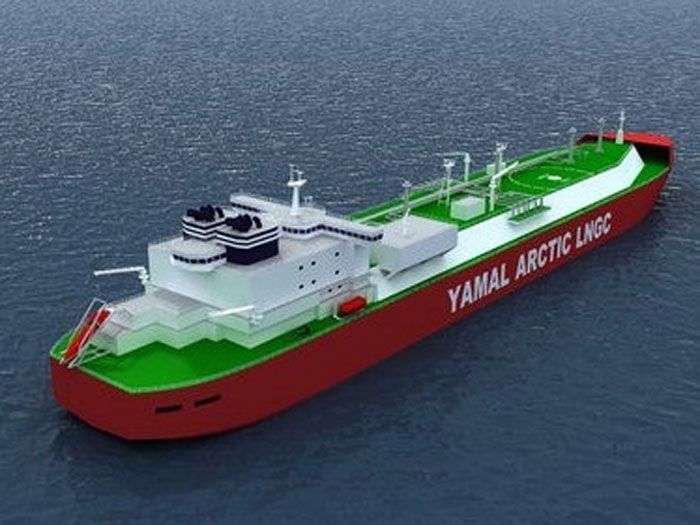
NOVEMBER 10, 2014 — South Korea’s Daewoo Shipbuilding and Marine Engineering (DSME) has ordered a total of 54 Wärtsilä dual fuel engines to power icebreaking LNG carriers for the Yamal LNG project in Northern Russia.
The order was placed with Wärtsilä’s Korean joint venture company, Wärtsilä Hyundai Engine Co., in October and is for engines that will power ships owned by the joint venture between Teekay LNG Partners of Canada and China LNG Shipping (CLNG), and the joint venture between China Shipping LNG Investment Co.,Ltd. (CSLNG) and Japan’s Mitsui O.S.K.
The 17,200 cu.m LNG carriers will be 299 m long with a beam of 50 m and will be built to ice class RMS ARC 7. They will have an icebreaking bow structure and will be able to break ice up to 2.1 m thick (when going astern).
The Wärtsilä machinery is capable of operating on liquefied natural gas (LNG), heavy fuel oil (HFO), or low-viscosity marine diesel oil (MDO) but LNG will be the main type of fuel to be used. When operating in arctic waters the engines will be operating in ambient temperatures of as much as minus 50 degrees C, on LNG carriers breaking through ice more than two meters thick, in operating modes that allow dramatic variations in engine load within a limited period of time. Wärtsilä’s ability to meet these demanding design criteria was a key factor in the award of this contract.
For each LNG carrier, Wärtsilä will supply 12-cylinder and 9-cylinder Wärtsilä 50DF dual-fuel engines. The total power output from the Wärtsilä engines is 64,350 kW per vessel.
“This very important order once again emphasises the technical leadership that Wärtsilä has established in dual-fuel engine technology,” says Mr Lars Anderson, Vice President, Wärtsilä Ship Power. The fitting of Wärtsilä 50DF engines onboard the first LNG carriers in 2006 set a trend in the industry and since that introduction, 65 percent of all new LNG carriers have been fitted with Wärtsilä dual-fuel engines. The strong success of this particular engine over the alternatives is based on its superior propulsion efficiency and the clear environmental advantages that operating on gas allows.”
Wärtsilä has to date supplied more than 160 ships with its Wärtsilä 50DF machinery.
The Wärtsilä 50DF engine is manufactured in various configurations from a 6-cylinder in-line version to an 18-cylinder version in V-configuration, giving 950/975 kW per cylinder and a total maximum mechanical output of 17,100 kW. The engine speed is 500 or 514 rpm with 50Hz and 60 Hz applications. The maximum thermal efficiency is claimed to be higher than with any other gas engine.
When operating in gas mode, the nitrogen oxide (NOx) emissions are at least 85 percent below those specified in the current IMO regulations, and CO2 emissions are some 25 percent less than those of a conventional marine engine running on diesel fuel. Additionally, the sulfur oxide (SOx) and particle emissions are negligible at almost zero percent.

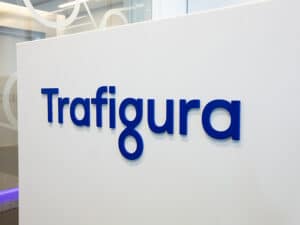
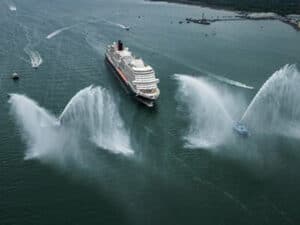

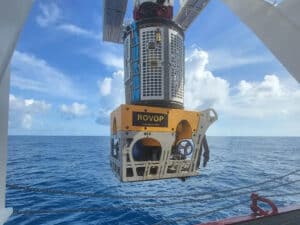
Leave a Reply
You must be logged in to post a comment.